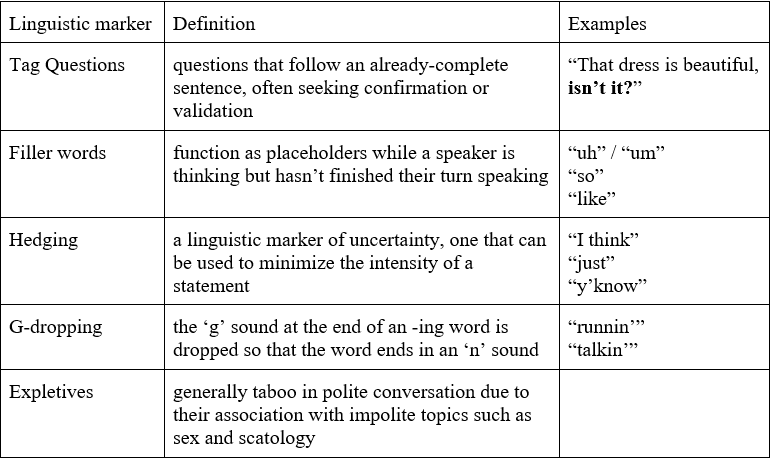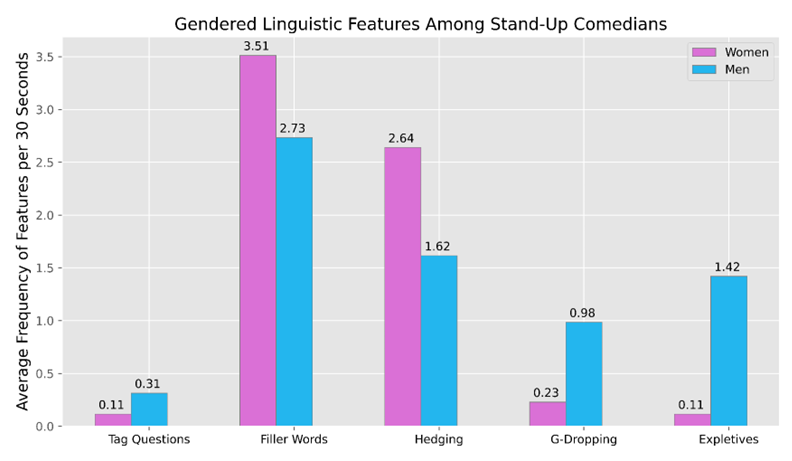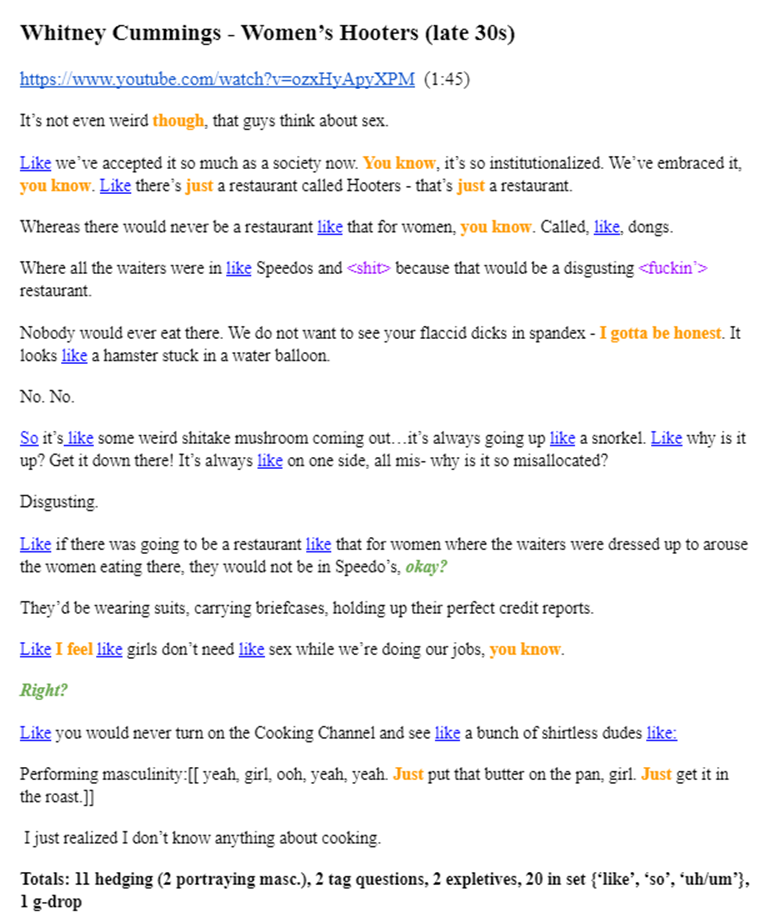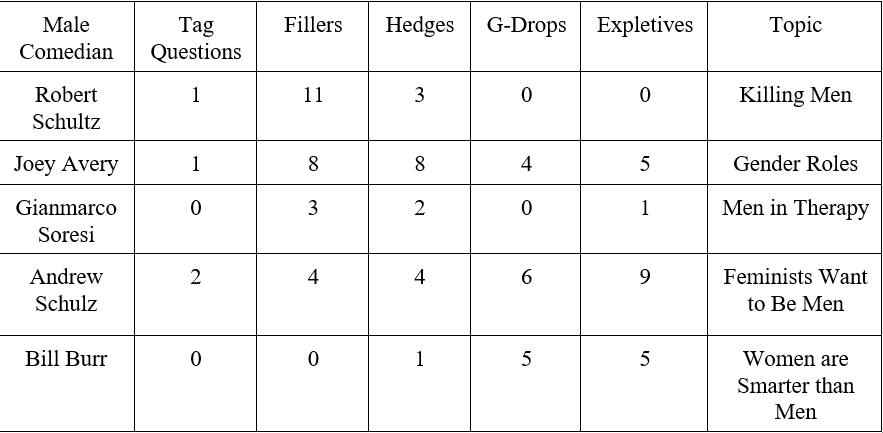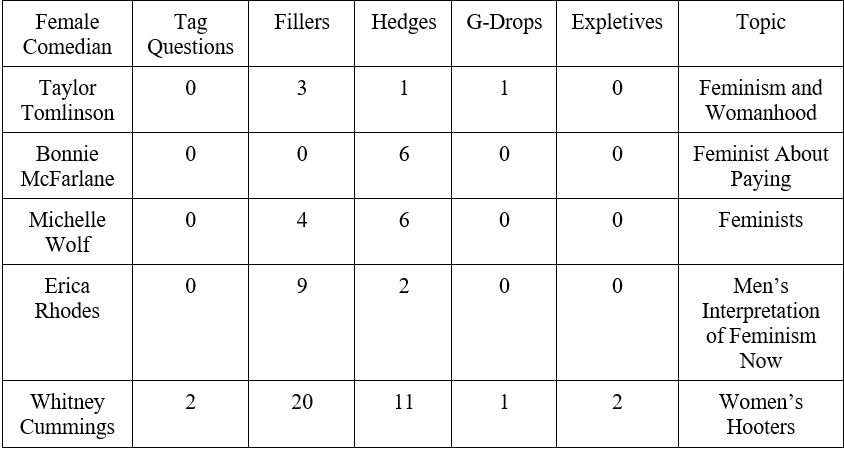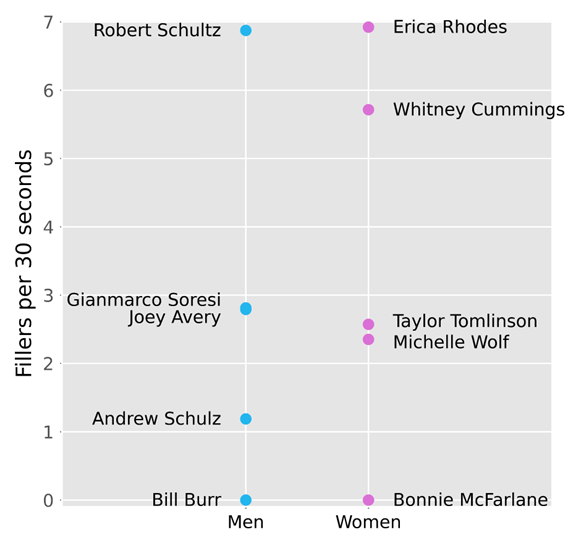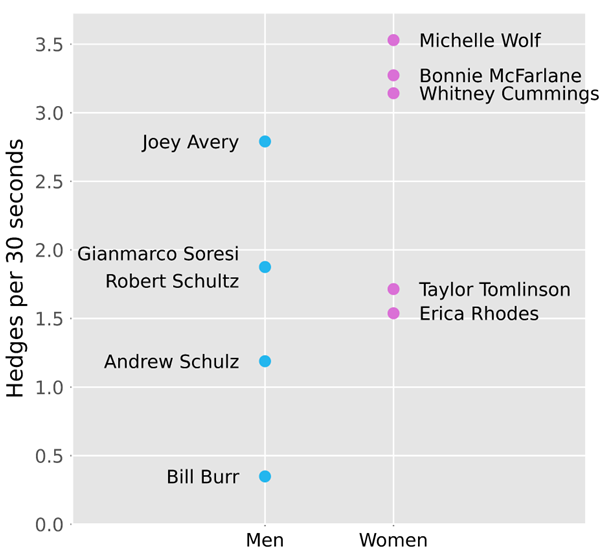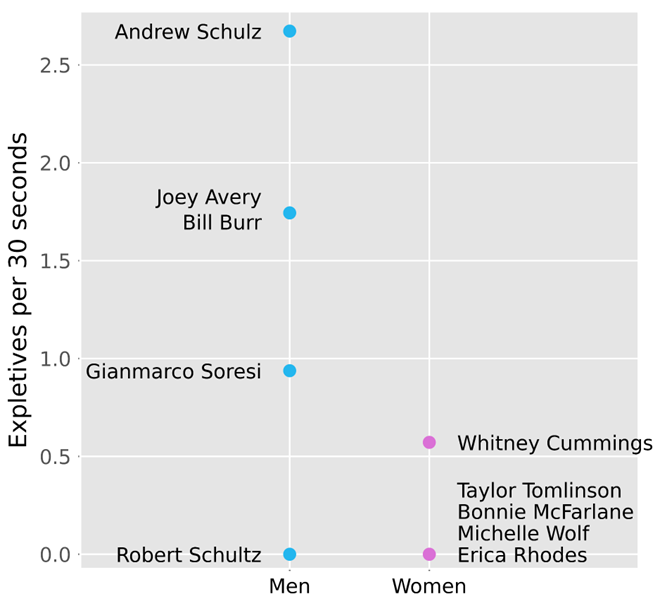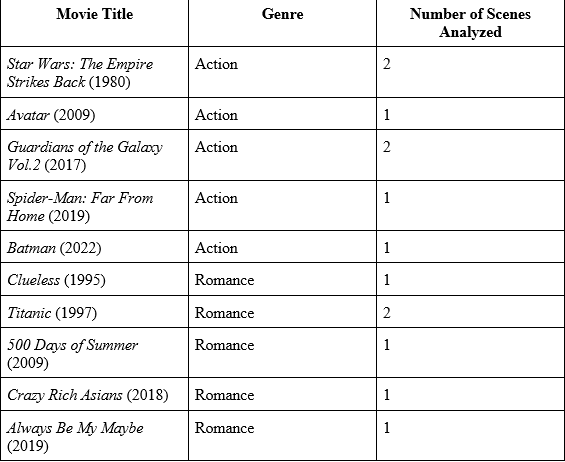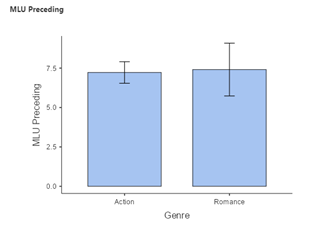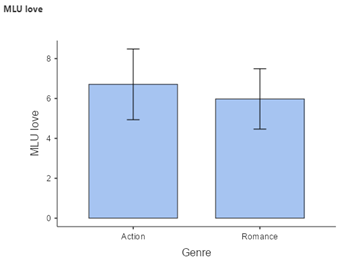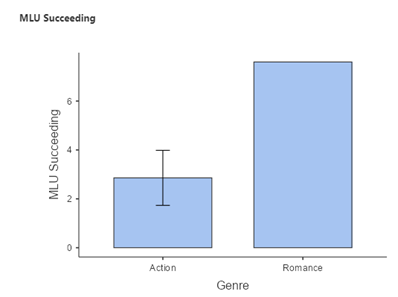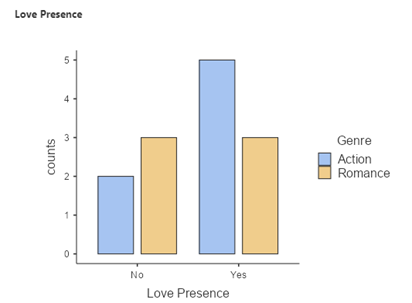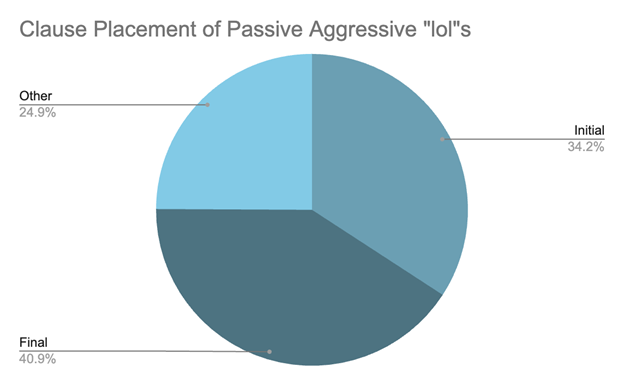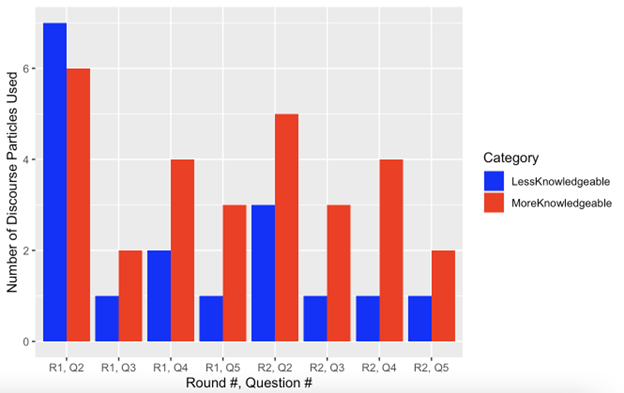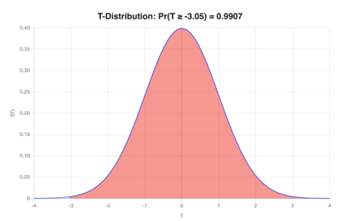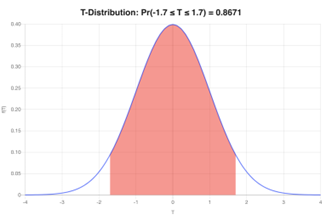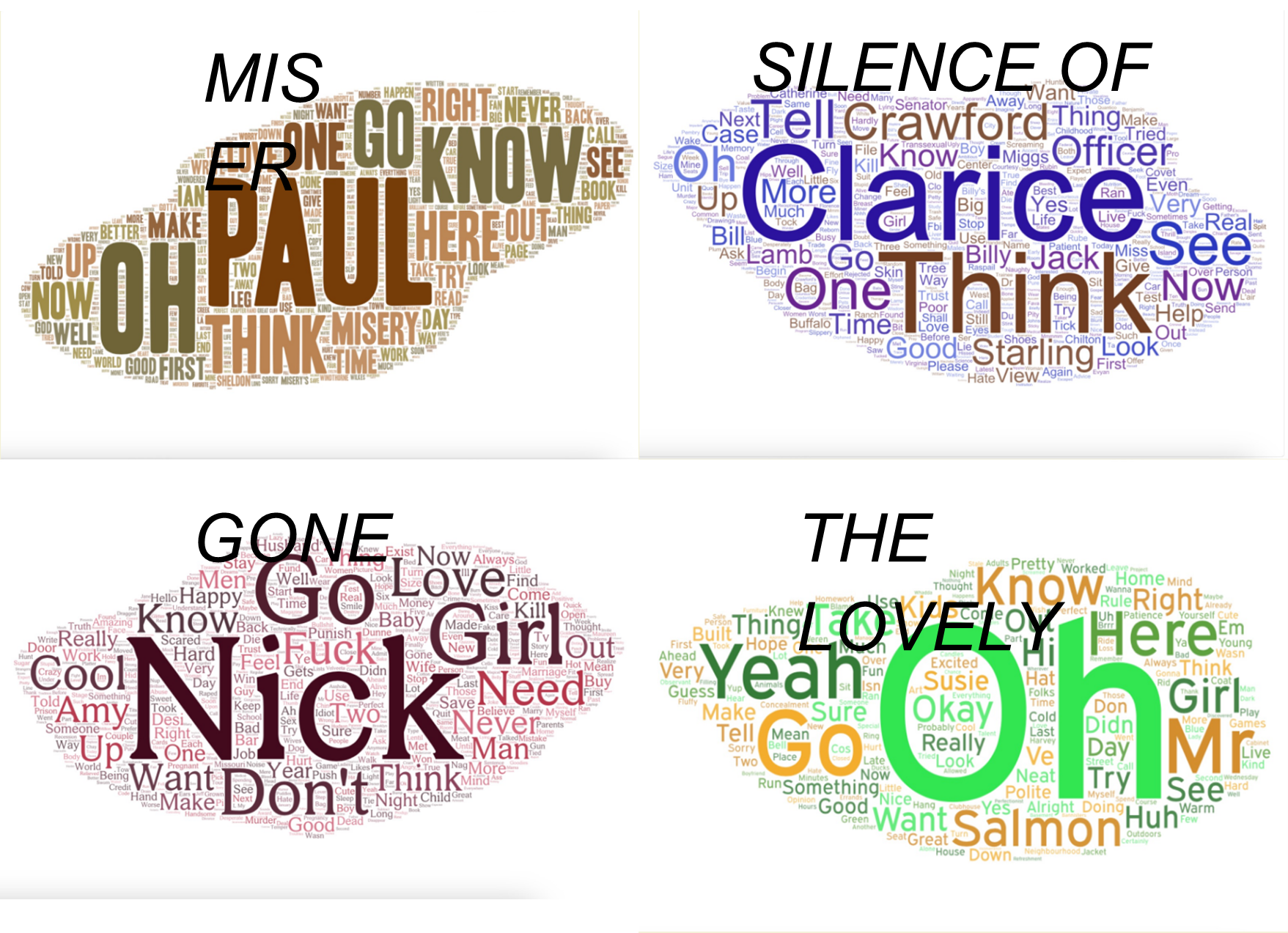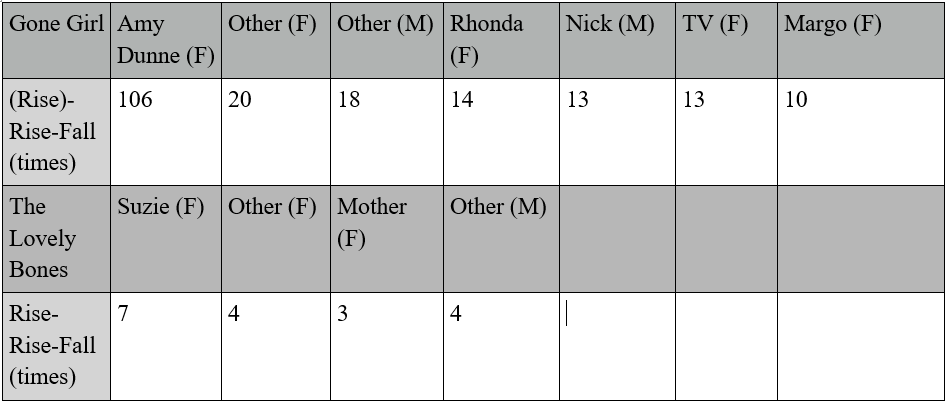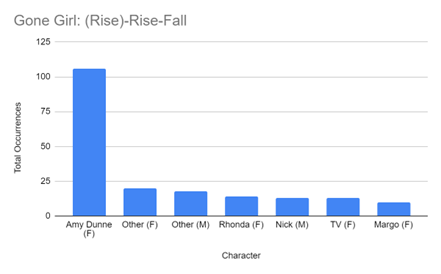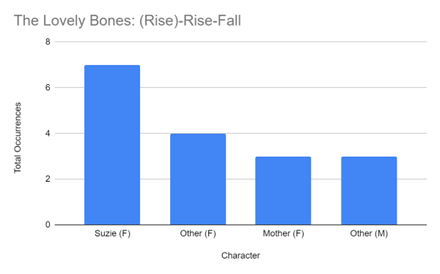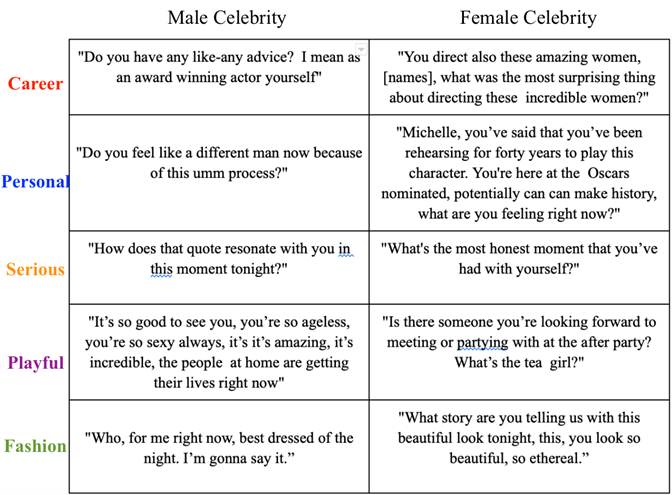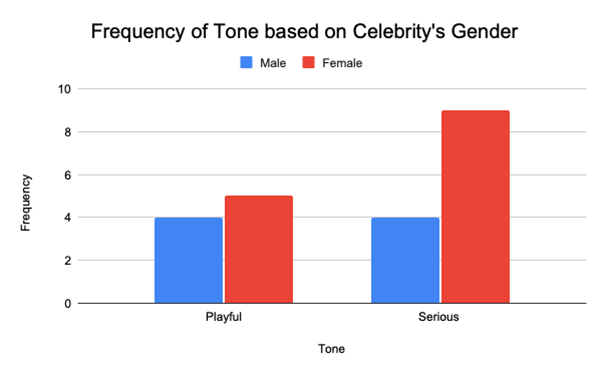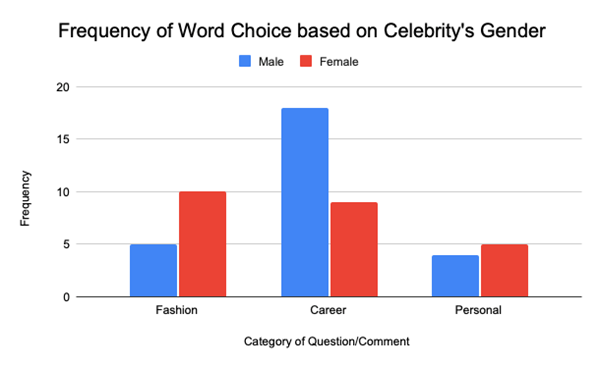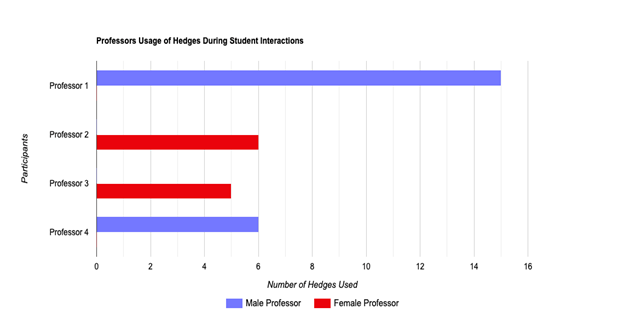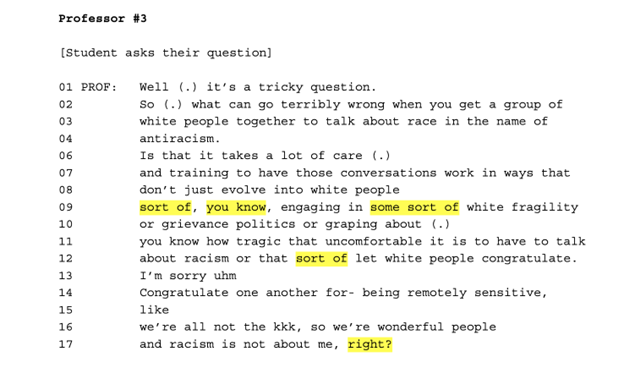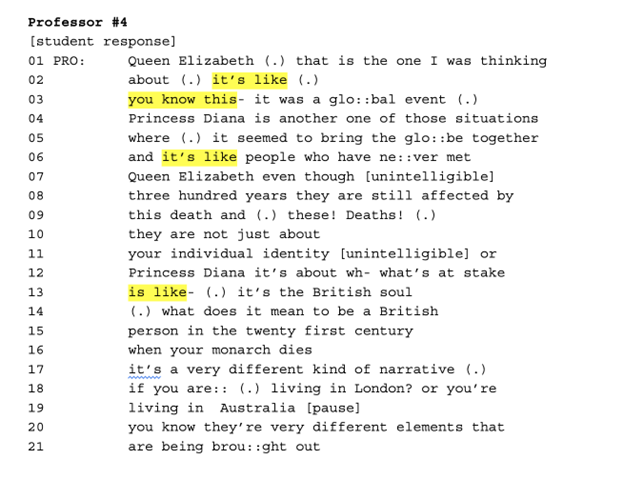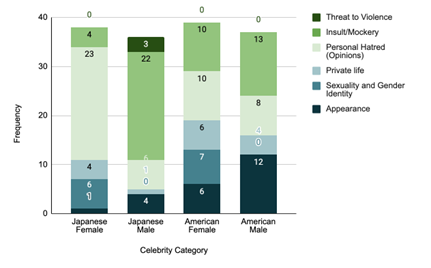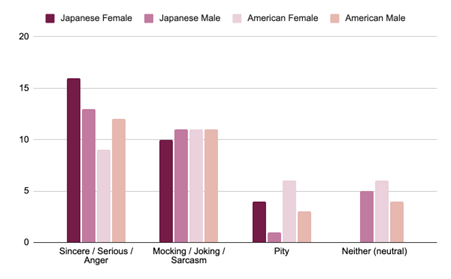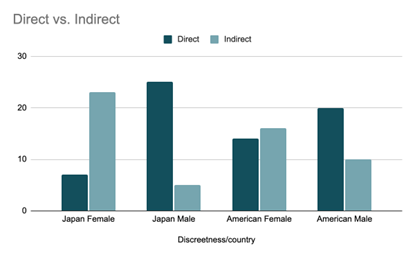Differences In Sociolinguistics Among Genders In College
Kevin Adelpour, Shaylee Omrani, Ronnen Mizrahi, Justin Azizian
Studies in sociolinguistics have revealed that there are many ways in which the relationship between language and gender varies, including the relationship between politeness and language style. Without looking deeper into the facts, members of society can draw the conclusion that it is more common for masculine people to express their affection by including their friends in activities and exchanging favors. The way that men often interact is shoulder to shoulder (such as watching television together or playing sports). Women, on the other hand, are more prone to convey weakness and vulnerability. An instance of this is how women cry to one another and confide in their feelings. We are aware of these aspects but rarely completely comprehend their importance or significance. Understanding the rationales underlying these common elements can help us better comprehend the social environment in which we live, while ultimately improving and enhancing our communications with speaking to others in everyday social interactions.
Introduction and Background
Today we are seeing many differences in communication styles and tones between men and women, especially when it comes to college students. Our goal is to deepen our understanding of the miscommunication of misconstruction of the gender system between men and women. A study by Merchant (2012) has shown that men’s and women’s communication styles have been part of the discrimination inequalities that women have faced, specifically in the workplace, which is also true in an academic setting. So, we investigated 40 male students and 40 female students and tried to confirm that men would use more direct gestures and women would use a more passive and less dominant tone than males. Since language is such an integral part of our face-to-face communication, we want to see how these communication differences would play out in language use among students at UCLA. Our research question is what are the sociolinguistic differences between men and women when communicating in a face-to-face setting at UCLA and how does that create different speech patterns in intersex conversations?
We have found that with a different look from those of males, females’ social interactions and activities would be more communicative and less information-seeking than men (Guadagno 2018). Women would use their communication style as a tool to create friendships and to have social connections, while men would use their communication style to seem dominant and assertive when communicating with people (Merchant 2012). For college students, the main way that they would communicate with each other in face-to-face communication would be based on their appearance and how they would present themselves (Gillen et al., 2006). This would include the types of symbols and body gestures that college students would have while communicating with each other. College women would tend to use more backchanneling the men when communicating, which is the attentiveness of listeners without any interruptive comments (Helweg- Larsen et.al 2004). There is a report on younger males and females especially having more of a difference in use of intensifiers where women would have a change in the sense that they would have a more innovative form more frequently (Fuchs 2017). A study has shown that women would have a less direct way of speaking because they would use directives which would minimize their status by not having so much demand involved (Netshitangani 2008).
Methods
We looked at the interactions between UCLA students with each other on campus and events happening at UCLA. We looked at forty men and forty women that are currently enrolled in UCLA and observed the ways of communication based on speech and symbols in face-to-face communication. Specifically, we looked at tone, articulation, body language, and body movements such as hand gestures and facial expressions. In addition, we also looked at the aggressive and passive ways an individual was within being confrontational, directly forceful, shy, less direct, and so on. Five diverse social contexts, and forty different students from each setting, on the school campus will be used to conduct the research. Setting affects the narrative by adding to the story, character development, mood, and theme. By enabling us, the researchers, to more clearly visualize the events and context of the encounter, it also has an impact on the conversation’s result. It’s also significant since it helps us grasp the storyline and make predictions about what will happen in the interaction.
Character development is presented in the setting of an event as part of creating the mood. In these ways, setting is significant for giving characters a real sense of presence in the real world as well as for communicating what is happening in their lives. Within our research studies, we were able to identify studies that discover gender differences in speech patterns. Men use more abstract language, whereas women focus on the details. The researchers concluded that this tendency is due to power dynamics that can be altered. In addition to having different looks from those of males, female’s social interactions and activities are more communicative and less information-seeking than males (Guadagno, 2018). One may argue that the establishment and maintenance of relationships with others are the most important aspects of female communication. Other feminine communication styles include establishing equality, promoting participation, responsiveness, being personal and disclosing information, and trepidation (Fisher, 2005). Another distinction we were able to identify with their speech, is the commonality of women speaking in clear and complete sentences, while it was more commonly found to see men using words such as “runnin” instead of “running,” and “gonna,” instead of “going to.” All in all, peer relationships are crucial in the development of this concept and have a significant impact on how outsiders perceive the roles of men and women in our society.
Gender biases and stereotypes are always being reinforced in common settings of everyday lives in social interactions. By taking into account how it can enable a person to exhibit rage and related emotions without explicitly communicating these feelings, passive aggression plays a significant role in this. Individuals that exhibit passive aggressiveness frequently maintain the capacity to deny that they meant to act aggressively, which is most frequently observed in the speaking characteristics of men. According to studies, this is because of how individuals are raised starting in their early years, which eventually shapes who they are as a person. In the long run, this fits with how people perceive us and becomes a part of our identity (Gillen 2006). With the gathering of data from college students, peers are precisely examined by their approaches between various encounters and conversations. Approaching Bruin students and monitoring the linguistic distinctions between the two sexes within their expressive dialect help conclude the ultimate understanding of how we express our feelings and needs in order to socialize in common everyday interactions.
Results and Analysis
We gathered about 180 minutes of raw hands-on data which came in the form of in-person interactions and language compositions in 80 men and women at UCLA. The interactions observed were in casual social settings and we noticed precise communicative elements down to individual words used by both genders. In our observations, we found that a ratio of 6 in 10 men would often use more slang and abbreviations in their conversations with the opposite sex while disregarding formal interaction habits (table 1). Similarly, we also found that 70 percent of men used direct gestures when speaking to women which included hand signals, head motions, and facial expressions to exemplify the meanings in their conversations (chart 1). On the other hand, we also noticed that a ratio of 8 in 10 women exhibited a more passive and less dominant tone which was evident through their slower dialect and lower tone of voice in comparison to their male counterparts (chart 2). Overall, men on average were more highly likely to show forms of indirect, concise, and dominant forms of language while women showed more formal and passive habits when speaking which is evident in our data and charts below that reflect the differences in gender peer interactions between intersex conversations on campus.

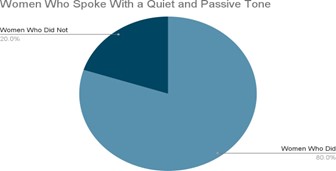

Discussion and Conclusions
In our research, we discovered that females communicate in a more implicit, intricate, and sentimental manner that can reflect ambiguity, cautiousness, and a lack of power, while males are perceived to have a direct, concise, and situational communication style, ultimately influencing and impacting how outsiders perceive the roles of men and women in our society. The research highlights that there are gender differences when examining communication styles. We found that females tend to place a greater emphasis on expressing emotions and building relationships through conversation, whereas males tend to focus more on information exchange and problem-solving. Nonverbal cues are also prominent when examining gender differences in communication. Females tend to be more expressive with their facial expressions and body language, while males may be more reserved in their gestures and facial expressions.
The results above underline the need of understanding various communication styles in various settings. For instance, recognizing that females frequently prioritize developing relationships through dialogue helps promote more effective teamwork and workplace communication. Recognizing that males are typically more problem-focused might also help to improve communication during the decision-making process. We may also understand and react to others’ communication more precisely and appropriately if we are aware of how males and females use nonverbal cues differently. The results add to our knowledge of how gender affects communication and can improve our ability to communicate in a variety of settings. Gender dynamics in communication highlight the ways that gender influences the way individuals communicate with one another. It is crucial to shed more light on these dynamics because gender is a vital component of identity that impacts how people interact with each other.
References
Fuchs, Robert. “Do women (still) use more intensifiers than men?: Recent change in the sociolinguistics of intensifiers in British English.” International Journal of Corpus Linguistics 22.3 (2017): 345-374.
Merchant, K. (2012). How men and women differ: Gender differences in communication styles, influence tactics, and leadership styles.
Gillen, Meghan M., and Eva S. Lefkowitz. “Gender role development and body image among male and female first year college students.” Sex roles 55 (2006): 25-37.
Helweg-Larsen, M., Cunningham, S. J., Carrico, A., & Pergram, A. M. (2004). To nod or not to nod: An observational study of nonverbal communication and status in female and male college students. Psychology of Women Quarterly, 28(4), 358-361.
Netshitangani, T. (2008). Gender differences in communication styles: The impact on the managerial work of a woman school principal. In Comunicación presentada en ANZCA08 Conference: Power and Place. Wellington, Nueva Zelanda. Recuperado el (Vol. 20).
Differences In Sociolinguistics Among Genders In College Read Post »
